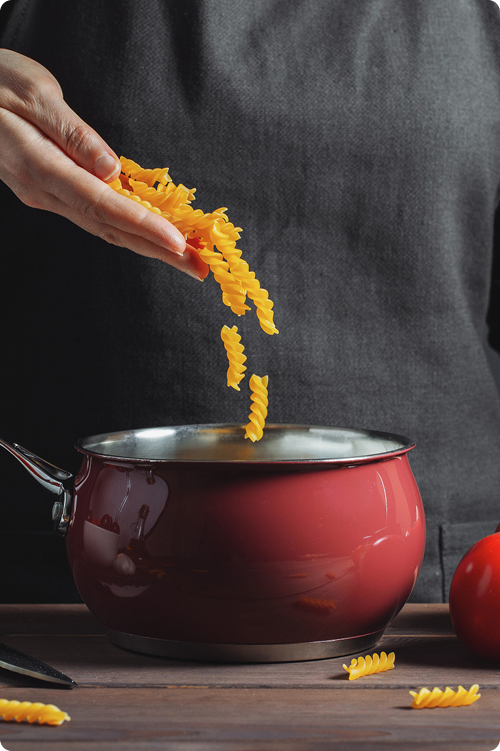The science of flavour: caramelisation and beyond

Caramelisation in everyday cooking
Caramelisation appears in many dishes without us even noticing. Roasting carrots, frying onions, or baking apples all trigger this reaction. The process begins when natural sugars reach temperatures above 160°C, leading to the gradual browning we recognise as flavour development. To achieve the best results, it is important not to rush the process: medium heat over a longer period brings out sweetness, while high heat risks burning and bitterness.
- Ingredients: 3 medium onions, 1 tbsp olive oil, pinch of salt
- Method: Slice onions thinly. Heat oil in a pan over medium-low heat, add onions and salt. Stir occasionally for 30–40 minutes until deep golden brown. Use for soups, sandwiches, or sauces. The patience required pays off in layers of sweetness and savoury depth.
Beyond caramelisation: the Maillard reaction
While caramelisation deals with sugars, the Maillard reaction involves both proteins and sugars, producing even more complexity. It explains why seared steak tastes savoury, or why toasted bread smells irresistible. The key is to keep ingredients dry and to use high, direct heat for a short time, creating a browned crust without overcooking the inside.
- Practical recipe: seared steak with browned crust
- Ingredients: 1 sirloin steak (200 g), salt, pepper, 1 tsp oil
- Method: Pat steak dry, season generously. Heat pan until very hot, add oil, then steak. Sear for 2–3 minutes per side until a dark crust forms. Rest for 5 minutes before slicing. The result is a contrast between the browned exterior and juicy interior.
